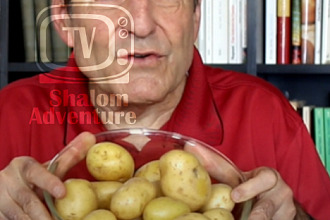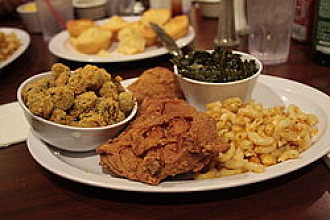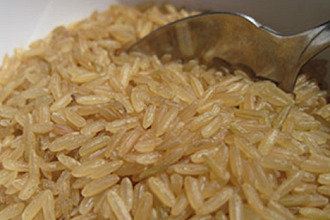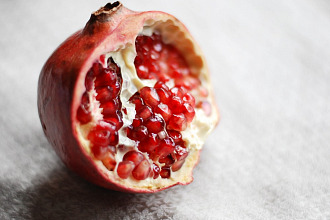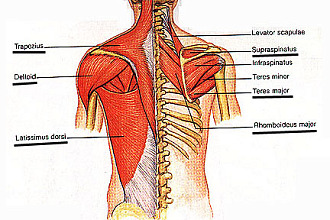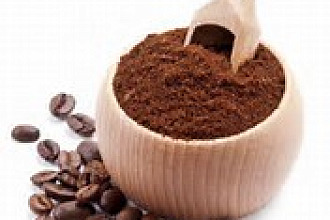Ginger is a popular culinary flavor in everything from Indian and Asian cuisines to soda flavoring, but did you know that this knobby rhizome is good for you too?
For more than 2,000 years, ginger has been used to treat nausea and stomach ailments in Asian medicine. However, research is discovering even more amazing benefits of the ginger root.
It Can Relieve Nausea: Cancer patients report a 40 percent decrease in chemotherapy-related nausea by using ginger, and it is a time-tested relief for morning sickness from hormonal changes during pregnancy, chemotherapy treatment and motion sickness. Because it stimulates digestion and assimilation of nutrients, it has also been shown to reduce flatulence.
It May Reduce Inflammation: Experts agree that inflammation is one of the biggest symptoms for a multitude of health problems, ranging from asthma to cancers. A recent study found that ginger can reduce inflammation in the colon, and research examining muscle pain discovered that raw ginger supplementation decreased exercise related pain and inflammation by 25 percent! Another study found ginger was an effective and safe means to reduce the severity of menstrual pain. And ginger compresses were found to be an effective treatment for patients with osteoarthritis.
It Can Help With Blood Circulation: Because studies show ginger increases circulation and lowers blood pressure and cholesterol levels, as well as protects nerves and lowers blood fat levels, it may be an effective treatment to relieve complications in diabetics. There is evidence that ginger consumption can also reduce protein levels in urine, and reverse proteinuria (kidney damage caused by excess protein in urine).
It Can Ease Congestion: Chinese medicine has used ginger to treat colds and flu symptoms, because it is a decongestant as well as a natural expectorant. Make a delicious tea to relieve symptoms by peeling and chopping fresh ginger finely, and steeping it in hot water. Add sweetener and a splash of lemon if desired.
It’s easy to get a daily dose of ginger in your diet, especially with tasty recipes like these, but growing ginger in your garden is simple too! Ginger is a rhizome. Often mistaken for a root, the part of the ginger plant we consume is actually the underground stem, and new plants aren’t grown from seed. Rhizomes are cool because broken off pieces of the underground stem become an entirely new plant, which makes it ideal to grow from kitchen scraps. However, you can often purchase ginger plants from your local nursery or online.
Hooked? How To Grow Ginger At Home: they do not grow well in colder climates, so if you live outside of zones 7-10, you'll want to keep your ginger plant indoors. Ginger rhizomes grow close to the surface of the ground, and prefer moist, but well drained soil and partial shade. Simply place your ginger knob, with the knobs pointing up, under a thin layer of soil. The rhizome will produce roots and bamboo like leaves. After about 8-10 months, or once the plant begins to die down, you can harvest your ginger. You can divide up the rhizomes, keep some for eating and transplant the rest, or just harvest the whole bunch. If you harvest the ginger before the plant has died down, you will see 'green' ginger, and it will be milder in flavor and potency. If you choose not to harvest the ginger, you may wait after a year or two, and you will see beautiful fragrant blooms!








